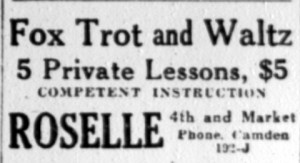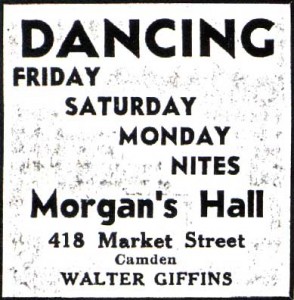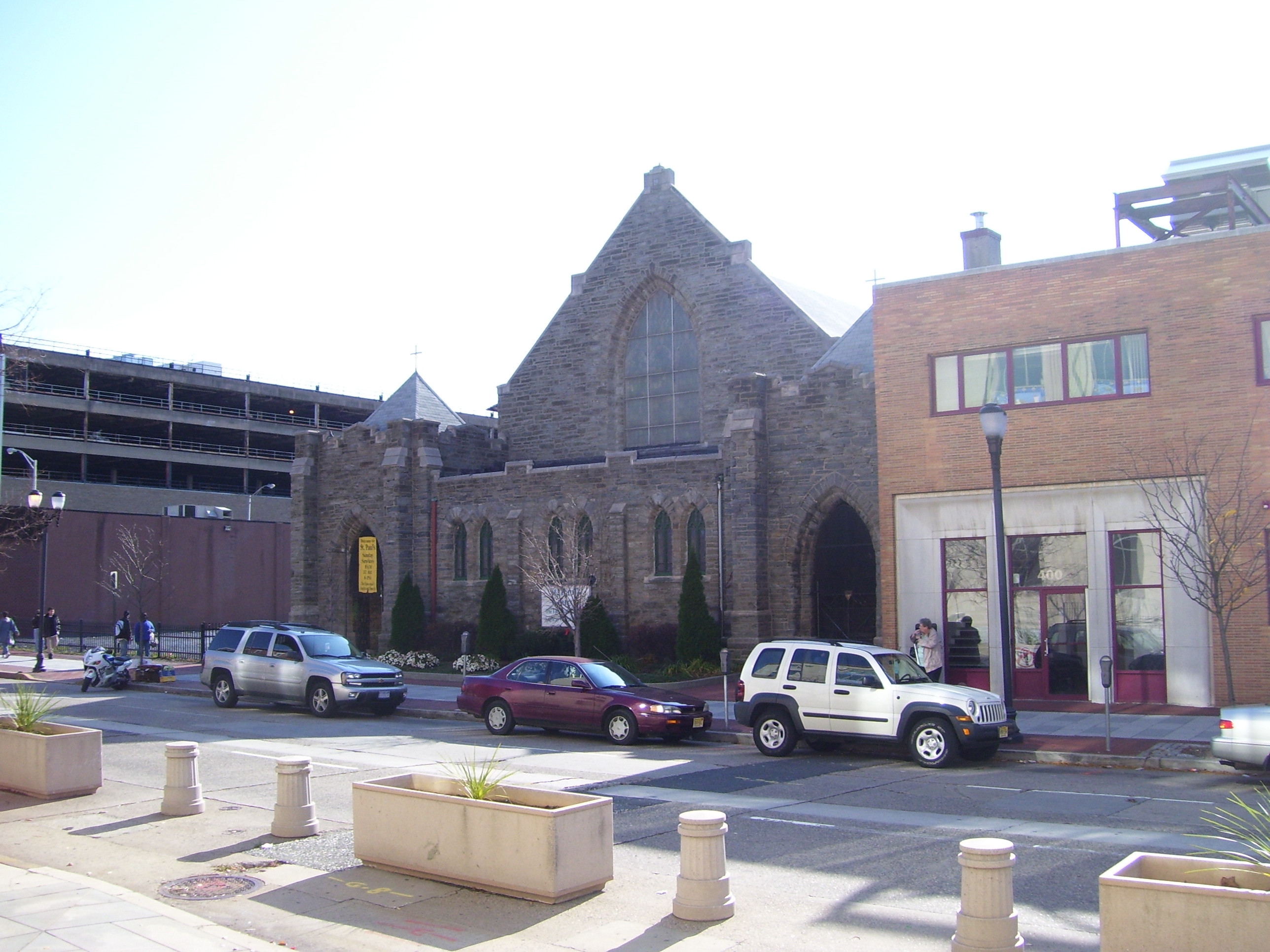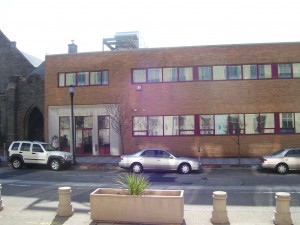I’ve been thinking a lot about the debates we’ve had in class concerning which edition of LoG was the better one. By the end of everything, however, the results were inconclusive: the few of us that preferred the 1855 edition were still set in our ways, as well as those who preferred the 1891-92 edition.
With that, I can’t help but think that there isn’t any definitive version to read, despite the fact that Whitman preferred his latest. The way our course is structured reflects this: we’ve dealt more critically with the “Drum-Taps” and Civil War editions than any other, while the other campuses take on their own edition reflecting their geography. And no campus really has a “better” edition or Whitman (although I will always be partial to my tender nurse Walt). Rather, each edition is definitive of the Whitman who was writing at the time as well as the country that he wished to save and unify, and each merits an equal amount of studying in order to best understand the changes and person in Whitman. If one wants to read a Whitman wounded from the war, then one should read the 1867 edition. The 1891-1892 is a matured Whitman, dealing with the effects of ill-health and the advent of a new century. Similarly, the other editions reflect other Whitmans, sober, youthful, or mournful.
For example, I’ve been looking at “Ashes of Soldiers,” which appears in the “Songs of Parting” section of the deathbed edition. Until the 1867 edition this poem did not exist; it is a testament to the war and the losses that the nation suffered. 1855 is the triumphant youth of Whitman; the sobered sense of reflection wouldn’t make as much sense here. 1860 is the beginning of the tumult, and 1867 embodies a more sobered Whitman. In 1867, “Ashes” was known as “Hymn of Dead Soldiers,” a title that more closely defines the funereal and mournful outlook facing the nation post-war and post-Lincoln. The poem itself is also completely reworked. “Hymn” plunges into the physical aspects of the soldiers and war within the first several lines. “Ashes,” on the other hand, spends a good ten lines genuflecting on the ethereal aspects of the soldiers, as well as the idea that both North and South are dead. This transition is evident in the notes Whitman made here. Perhaps this is a reflection on Whitman’s older self, one who has had time to withdraw from the passions of war and is able to distance himself. Whitman even physically removes himself in “Ashes,” saying that he “muse(s) retrospective” and that the war “resumes.” The war is past tense and spiritual, rather than fresh and wounding. Rather than purely mourning the soldiers and being obsessed with their loss, Whitman also inserts the common theme of unification, reaffirming that the losses he felt were the losses of all the country. This also serves to reinforce mourning of the fractured nation.
Whitman’s sense of reflection is also evident in the latter parts of the text. Whitman adds the line, “Shroud them, embalm then, cover them all with tender pride.” Time plays an important role in “Ashes;” it literally enshrouds the memories here. While not necessarily softening them, it allows the speaker distance between himself and the war. Most of the changes take in this poem occur between 1867 and 1871. It’s only a span of four years, but the fact that Whitman allowed the poem to remain largely unedited until the deathbed edition may allow one to assume that Whitman’s general feelings on this aspect remain the same. The end lines are the only difference. Whitman places “South and North” to describe the soldiers, again reaffirming the theme of unification within the poem.



